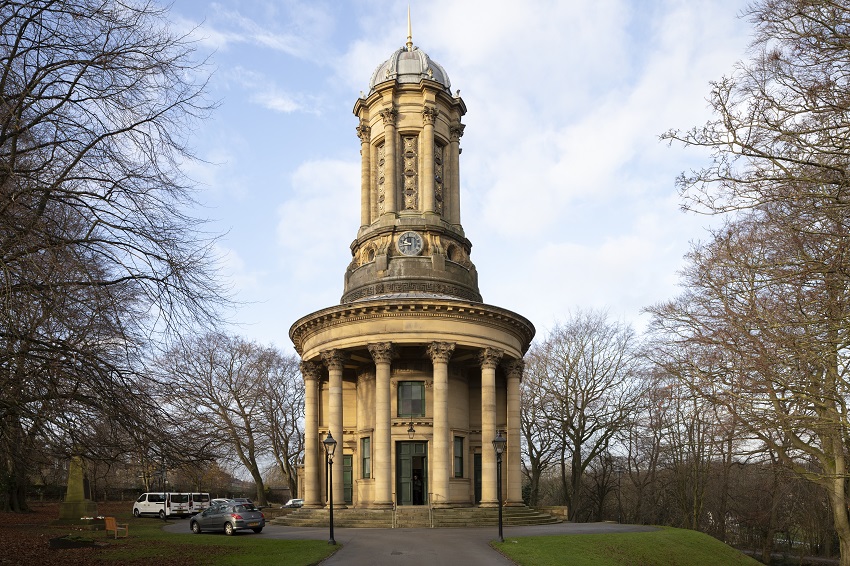
About world heritage

Photo copyright Imagen Photography Ltd
What is World Heritage?
International concerns about cultural and natural heritage led to the adoption of the World Heritage Convention by UNESCO (United Nations Educational, Scientific and Cultural Organisation) in 1972. Its purpose is to encourage national governments to give greater protection to sites of importance, to support the training of professionals to manage them, and to conduct research to gain a greater understanding of its heritage sites and the threats to them.
The Convention established a World Heritage Committee consisting of members elected by all the countries that have adopted the World Heritage Convention. The Committee is responsible for:
- Inscribing sites of ‘outstanding universal value’ on the World Heritage List
- Examining reports on the state of conservation of inscribed properties and asks national governments to take action when properties are not being properly managed
- Focusing international attention and funding for Sites it considers to be threatened by adding them to the List of World Heritage in Danger
Further information about the World Heritage Convention, the criteria for inclusion on the World Heritage List and all the inscribed sites can be obtained from the UNESCO website
World Heritage in the United Kingdom
The United Kingdom adopted the World Heritage Convention in 1984 and had its first seven sites inscribed on the list in 1986, including Stonehenge and Avebury, Durham Castle and Cathedral and Ironbridge Gorge. There are now 27 sites within the British Isles and UK overseas territories.
The Department of Culture, Media and Sport has responsibility for overseeing the protection of UK World Heritage Sites and identifying and nominating potential sites. These can be seen on the UK World Heritage Sites Portal.
Each UK Site is unique with ownership and uses varying widely. Most like Saltaire are managed as a partnership and are led by the Local Planning Authority that has responsibility for controlling development in the World Heritage Site.
Historic England is the Government's statutory adviser on the historic environment. It also provides advice and grants to owners of historic buildings and Local Planning Authorities. More information can be found on the Historic England website.
ICOMOS (International Council on Monuments and Sites) is an international non-governmental organisation composed of over 80 national committees which form a worldwide alliance for the preservation of historic buildings and sites. ICOMOS is the official adviser on cultural heritage to UNESCO. Its UK committee provides advice to organisations managing UK sites and organises regular meetings to share best practice and discuss World Heritage issues. Further information can be found on the ICOMOS website.